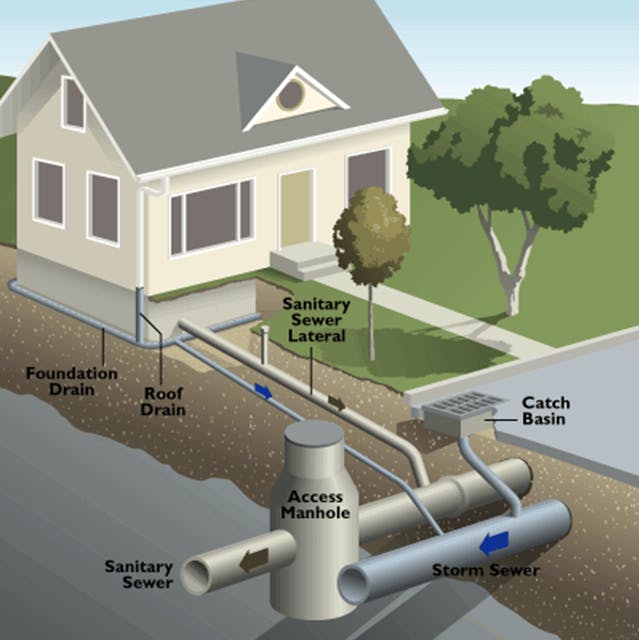What are Development Charges?
Development charges are associated with new infrastructure that is required due to new and expanding growth areas. Fees are collected from builders and developers at the development permit stage from vacant or underutilized properties that gain benefit from the infrastructure identified. This financial tool allows for an equitable, transparent, and systematic framework in working with the private sector to help finance growth and expansion into key areas of the City.
The City of Moncton collects these fees to help pay for the capital cost of the infrastructure that is needed to service these new projects. Infrastructure refers to new or expanding facilities associated with public services such as roads/sidewalks, traffic lights, trails, water/sewer underground pipes and treatment/distribution facilities.
Where Moncton is the largest city in NB and is fortunate to be going through a strong economic growth period, Council must adopt a new Development Charge By-law to help ensure development in new growth areas is assessed openly and fairly. When the City is unable to recover the true costs of new or expanding facilities tied to development in these areas, existing taxpayers end up sharing the burden in financing development.
Purpose of the Development Charge By-law
Strategic Objectives
- Generate new revenue to support future growth and development without burdening the general tax base.
- Reduce the City’s infrastructure deficit by increasing development-related revenues based on the principle that “growth pays for growth”.
- Improve capital programming as it relates to implementing Municipal Plans, Neighbourhood Plans, Long Term Infrastructure and Transportation Plans.
Key challenges
- Unnecessary costs absorbed by the city associated with paying for infrastructure that should be paid for by new growth and development.
- Large undeveloped areas across the City are not likely to develop because there is a lack of infrastructure to accommodate new construction in these areas.
Development Charge Considerations
Estimating Capital Costs
For the growth capital needs, cost estimates are typically based on comprehensive costing of constructing the project. This typically includes:
- Land cost
- Construction costs
- Design and engineering
- Landscaping, parking, lot services
- Permits & Approvals
- GST/PST
- Other (depending on the project)
Developing a Background Study
A policy guiding the formation of a Development Charge By-law typically considers:
- Collector & Arterial Roads
- Intersection Improvement and traffic signals
- Street lights and Sidewalks
- Bike Routes/Bike Lanes/Bike Paths/Multi-Use Trails/Naturalized Walkways
- Land dedications/easements
- Water, wastewater and stormwater
Current Development Charge Areas
- Twin Oaks Development Charge Area
- Humphreys Brook East Development Charge Area
- Mountain Road and Worthington Avenue Development Charge Area
Ask your question here!
This space is available to those who wish to ask specific questions about the project.
Submissions will be moderated, and responded to either publicly or privately.







